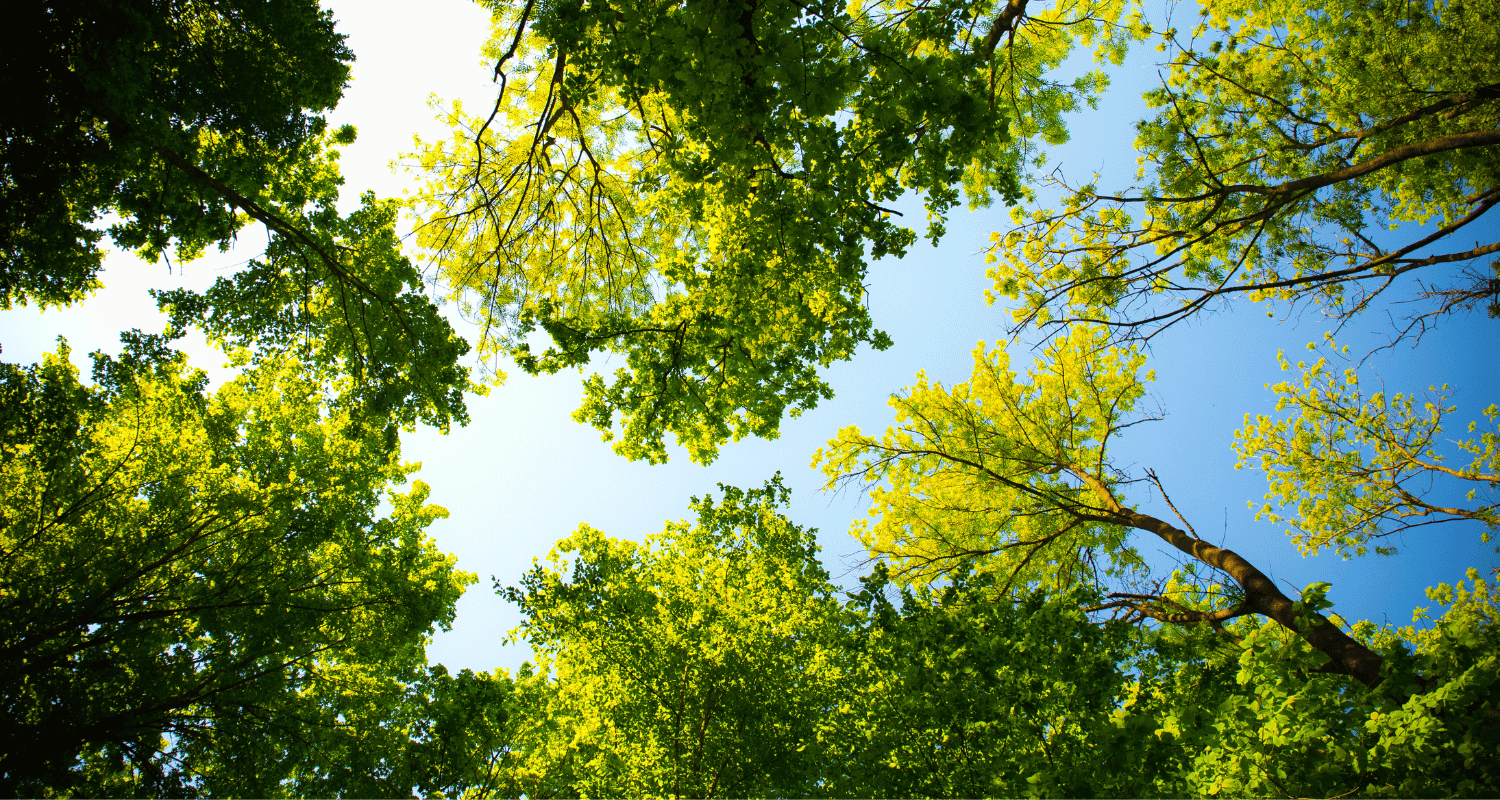
By Parshati Patel, PhD
Have you ever seen aurora borealis, or the Northern Lights? If not, this may be your chance: auroral activity are expected to peak over the next year! Read on to find out why.
What are Auroras?
Auroras are stunning natural light displays in the night sky. The auroras seen in the northern hemisphere are called aurora borealis, or the Northern Lights, while those in the southern hemisphere are called aurora australis, or the Southern Lights.

How do they form?
The Sun expels varying amounts of energy and particles in all directions, creating a continuous stream called solar wind. This solar wind intensifies during solar storms, which are triggered by phenomena such as coronal mass ejections (CMEs) and solar flares. CMEs involve large amounts of plasma (super-hot gas) being expelled from the Sun, while solar flares are large explosions on the Sun’s surface releasing radiation.
Auroras form when the particles from the solar wind interact with Earth’s magnetic field, which acts like an invisible shield. The solar wind distorts Earth’s magnetic field by stretching and compressing it. On the night side of the Earth (the side facing away from the Sun), the magnetic field can break and snap back like an elastic band. This energizes the particles in the magnetic field which then travel down and collide with gases in Earth’s atmosphere producing flashes of light.
Scientists track the Sun’s activity, which follows an 11-year cycle. During the peak of this cycle, there is an increase in phenomena such as solar flares and coronal mass ejections, increasing the likelihood of auroras! The current solar cycle is predicted to peak in mid-2025.
What do the colours of the auroras mean?
The colours of auroras depend on the altitude (distance above the sea level) and atmospheric gases the particles interact with. Green, the most common colour, is produced when the particles interact with oxygen at low altitudes. Red appears when particles interact with oxygen at high altitudes. Interactions with nitrogen produces blue colour. These interactions can combine to produce other colours such as pink and purple.

When and where are the auroras visible?
Auroras are visible almost year-round in the high-latitude regions of the Arctic and Antarctica. During major solar storms, auroras can be seen further south, sometimes across Canada and the northern United States in the northern hemisphere.
How to see the auroras?
When a solar storm is headed towards Earth, the National Oceanic and Atmospheric Administration (NOAA) issues a geomagnetic storm (a major disturbance in Earth’s magnetic field) watch on scale from G1 to G5, where G1 is minor and G5 is extreme. Kp index is another scale used to indicate disturbances in the Earth’s magnetic field, which ranges from 0 to 9. A Kp index of 0 means auroras will likely be dim and visible only in the far north, while a 9 indicates bright and active auroras visible across Canada and possibly further south towards the equator. For example, the storm on May 10 and 11, 2024, was a G5 storm with Kp index that went above 9.
You can either check the NOAA’s website for storm updates or download applications on your phone such as Space Weather, Aurora Alerts, or Aurora Fcst, which provide notifications when auroras might be visible in your area.
When auroras have been predicted, check the local weather! Clear or partly cloudy skies are ideal for viewing. It’s also best to drive outside of the city/town (preferably north) to avoid the light pollution and look towards the northern horizon.
How to photograph the auroras?
You can use your cellphone or camera with a tripod for stability. Adjust the camera’s shutter speed (the length of time the camera collects light) to between 3 to 10 seconds and experiment with different settings for best results.
Dr. Parshati Patel is an astrophysicist turned freelance science communicator and educator based in London, Ontario.





